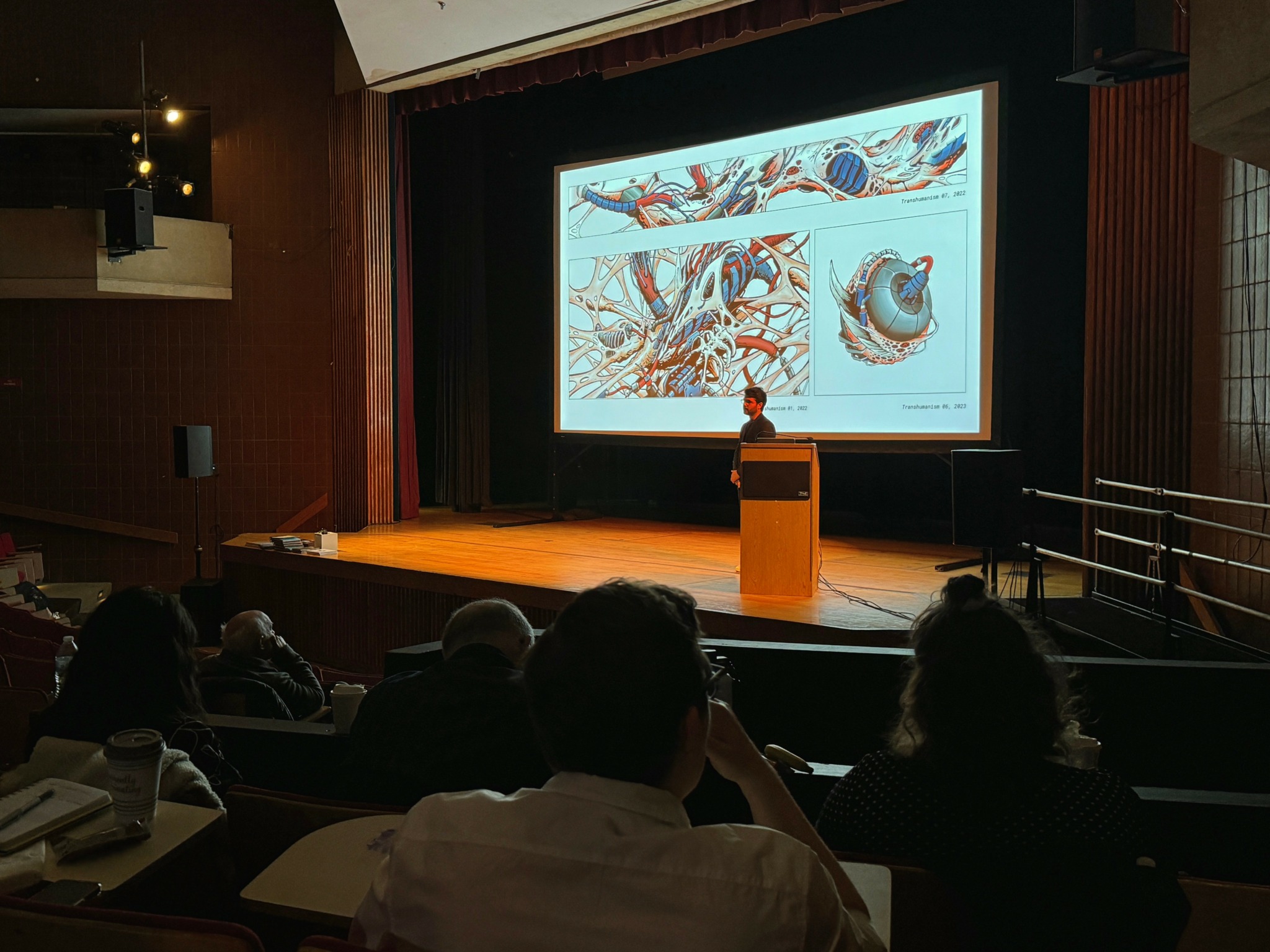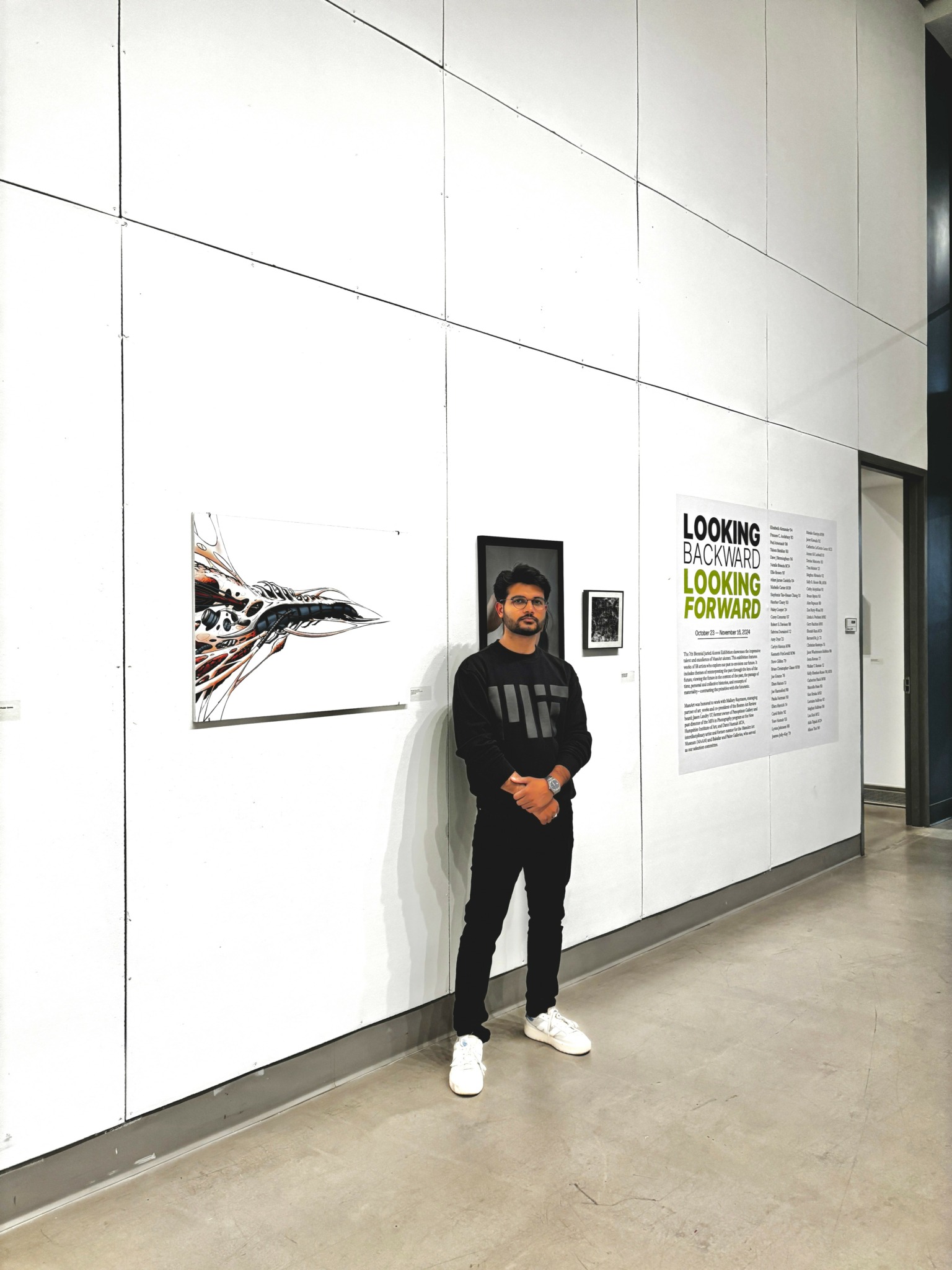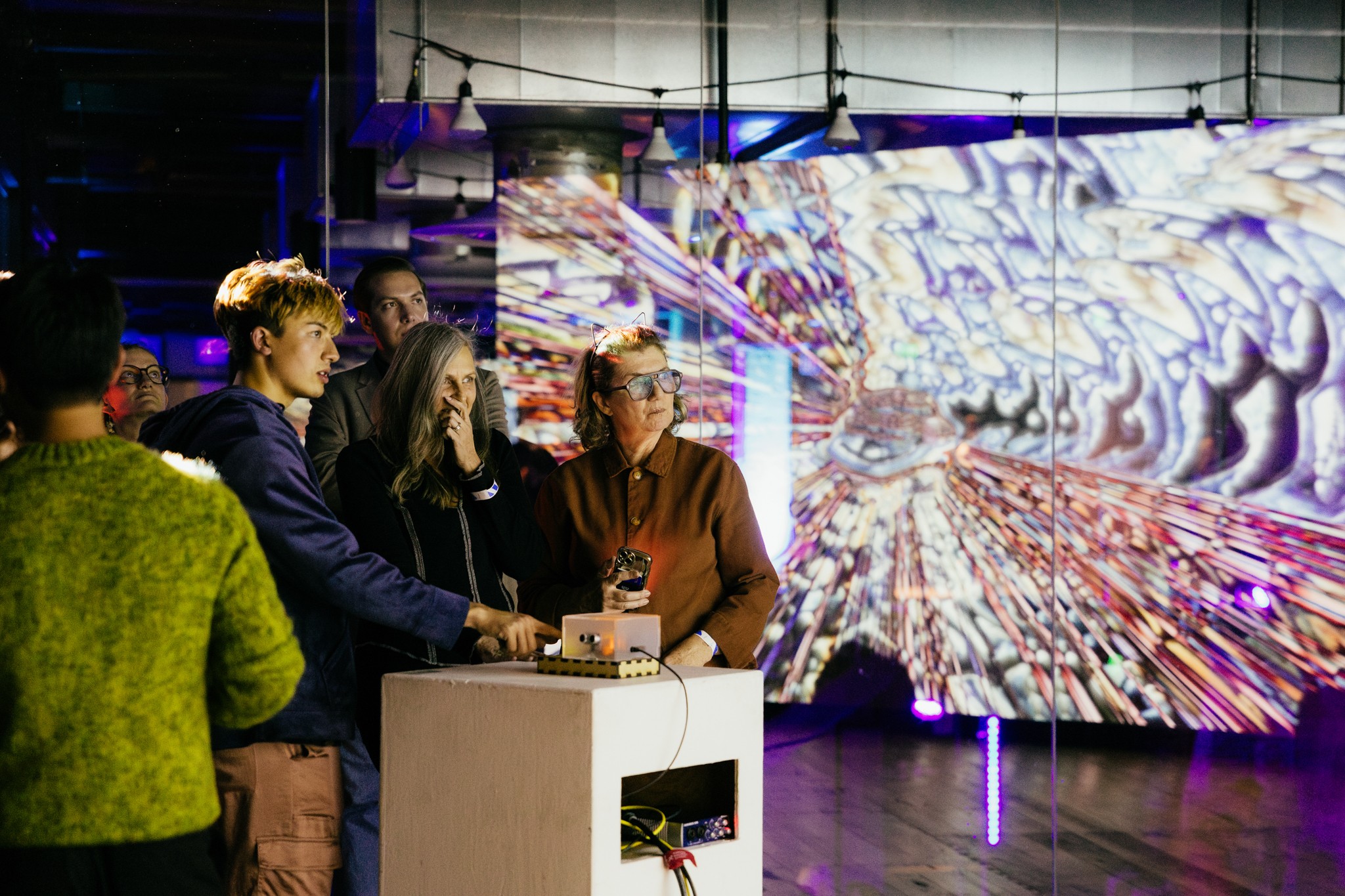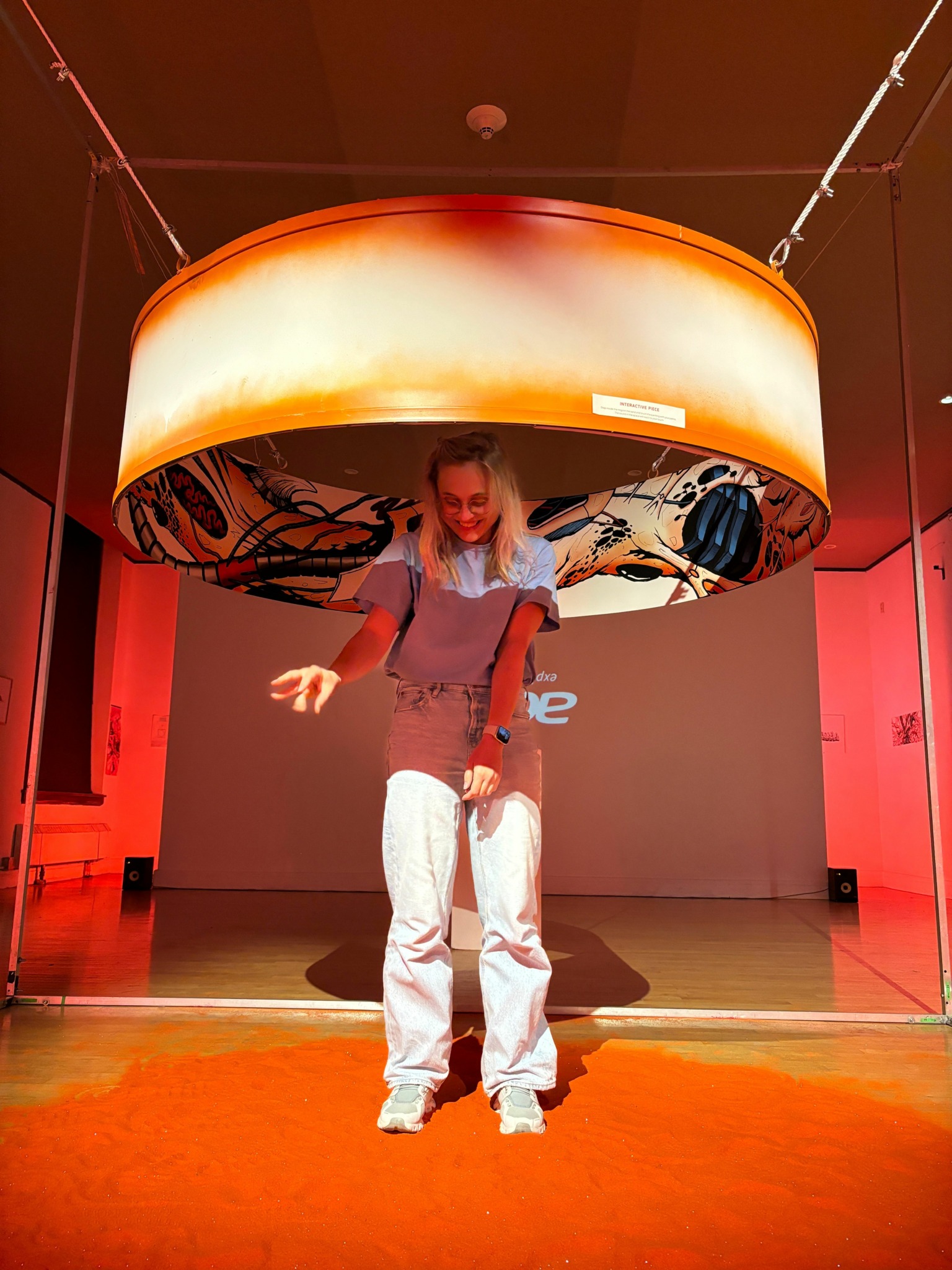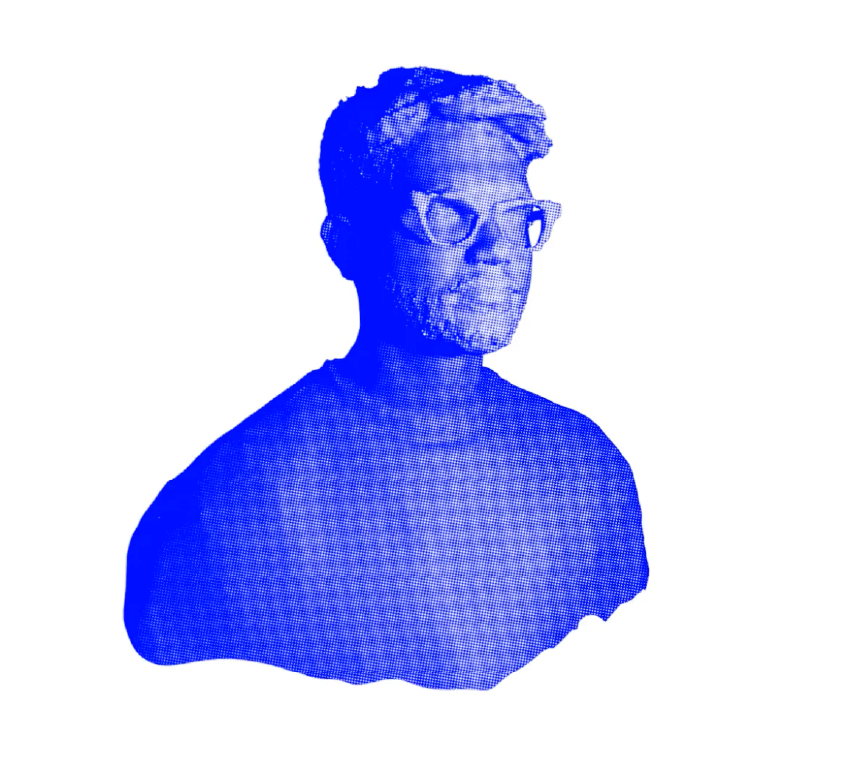Alright – so today we’ve got the honor of introducing you to Shozab Raza. We think you’ll enjoy our conversation, we’ve shared it below.
Shozab, appreciate you joining us today. I’m sure there have been days where the challenges of being an artist or creative force you to think about what it would be like to just have a regular job. When’s the last time you felt that way? Did you have any insights from the experience?
I’d say I’m happiest as an artist or creative because it allows me to express ideas, explore concepts, and craft experiences that feel deeply meaningful. That said, I’ve definitely thought about what it would be like to have a more “regular” job—one with a predictable routine and fewer creative demands.
The last time I had this thought was about six months ago, during the early stages of a particularly challenging project. I was working on an interactive installation that incorporated generative visuals and sensory feedback. The concept was ambitious, and the timeline was tight. It required long hours troubleshooting technical issues, experimenting with materials, and figuring out how to make everything flow seamlessly.
One night, after a 14-hour workday, I was sitting in my studio surrounded by half-assembled prototypes, cables, and my laptop displaying error messages. It was 2 a.m., and I realized I hadn’t eaten dinner. I remember looking out of the window at the quiet, dark street and thinking, “Wouldn’t it be easier to have a job where I clock in, do my work, and clock out? No all-nighters, no constant need to problem-solve or innovate.”
But as I sat there, I also realized something important: even in that moment of exhaustion, I felt alive. The process—messy and frustrating as it was—gave me purpose and allowed me to channel my ideas into something tangible and impactful. A “regular” job might offer more predictability, but for me, it wouldn’t provide the same sense of fulfillment or the opportunity to constantly grow and learn in such unique ways.
In reflecting on that night, I came to a conclusion: while the life of an artist or creative can be demanding and uncertain, it’s also profoundly rewarding. It’s not always easy, but it’s the path that feels truest to who I am. Ultimately, I’d rather embrace the chaos and creativity of this journey than settle for predictability at the expense of passion.
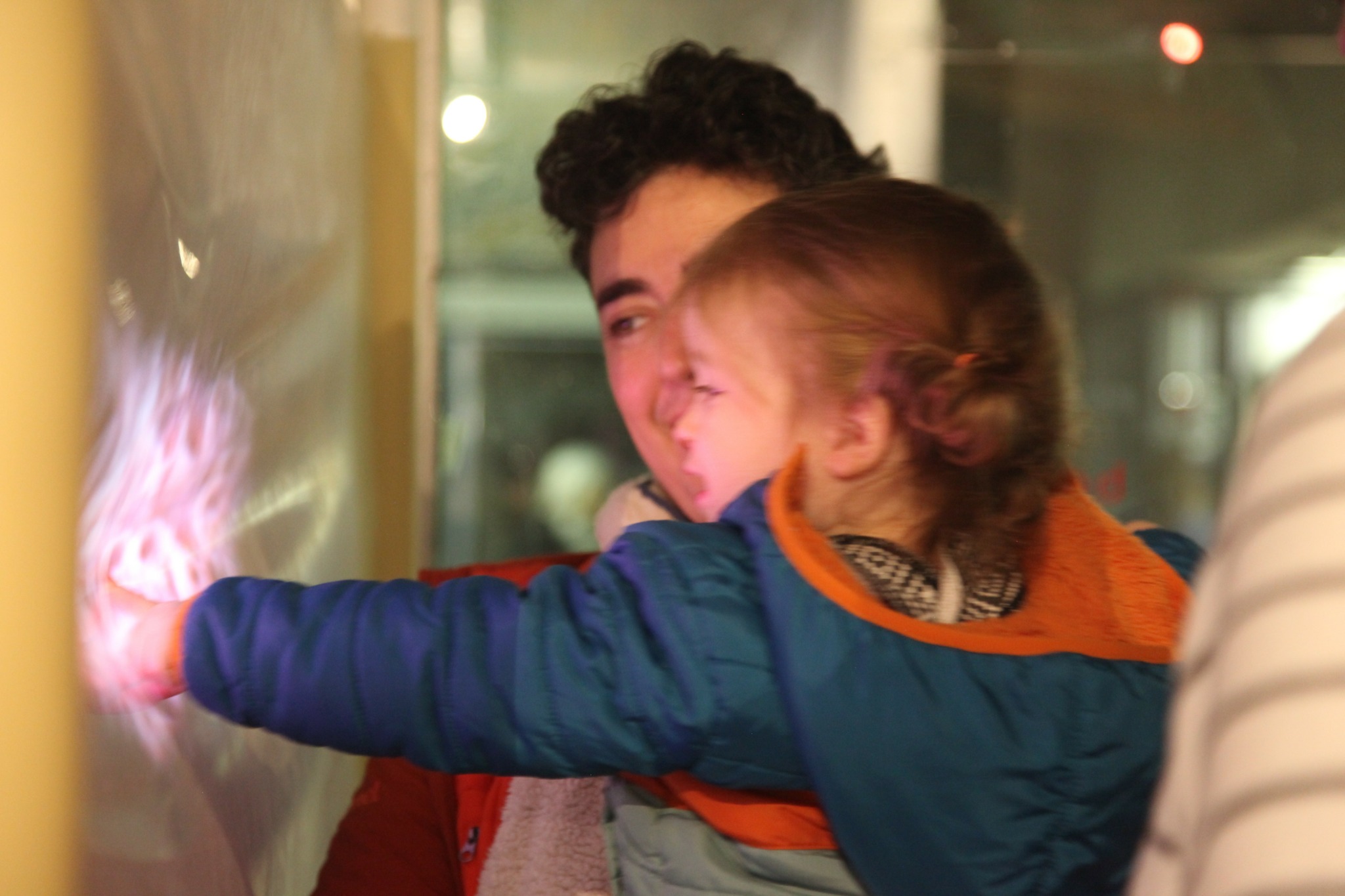
Shozab, before we move on to more of these sorts of questions, can you take some time to bring our readers up to speed on you and what you do?
I’m a Boston-based visual artist, designer, and creative technologist with a desire for blending art, technology, and design. My journey into this field began with a childhood fascination for storytelling, which I expressed through drawing and crafting objects. This curiosity evolved into a love for visual communication, leading me to pursue a BFA in Visual Communication Design, followed by an MFA in Dynamic Media. Alongside my creative practice, I teach at MassArt and Boston University, sharing my knowledge with the next generation of artists and designers.
Over the years, I’ve honed my skills across multiple disciplines, from graphic design and branding to interactive installations and performance art. My professional services include creating strong brand identities, designing digital products, and developing immersive experiences that bring complex ideas to life through innovative design and technology.
What sets me apart is my ability to bridge the worlds of art and technology. I approach every project with a “split personality” mindset: as a visual designer, I focus on clean, functional, and impactful designs for branding, websites, and print. As a creative technologist, I dive into experimental and interactive projects, exploring themes like transhumanism, biomimicry, and artificial intelligence. My goal is to create work that resonates deeply with audiences.
I’m proud to have collaborated with globally recognized brands like Coca-Cola, Pepsi, KFC, and Legendary Pictures, as well as academic organizations such as Boston Cyberarts and MIT. My work has been featured in prestigious galleries and venues, and I had my first solo exhibition, Material Nature, in 2023, exploring the intersection of organic and synthetic environments.
For potential clients, friends, and collaborators, I want you to know that I offer services in brand identity design, website design, and experiential design as a consultant and designer. I specialize in working with artists and students who may not have the resources to hire a large agency, providing creative solutions that are both accessible and impactful. My work is not just about creating; it’s about connecting—using design and technology to tell stories, solve problems, and craft meaningful experiences.
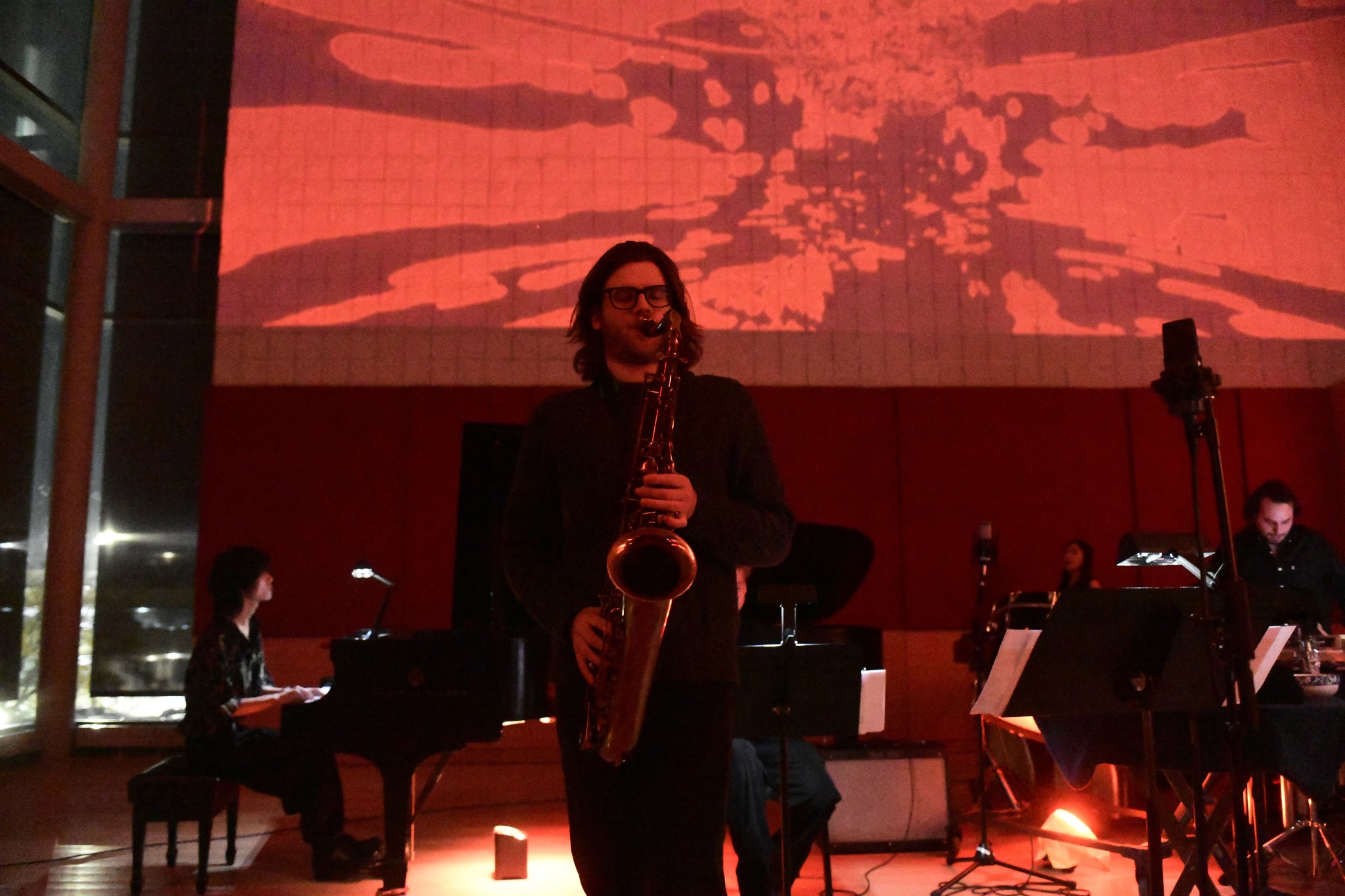
What do you find most rewarding about being a creative?
For me, the most rewarding aspect of being an artist and creative is the opportunity to create work that holds meaning and purpose—not just for myself, but for others. Art and design allow me to explore ideas, challenge perspectives, and connect with people on a deeply human level. Whether I’m crafting a brand identity, designing an interactive installation, or teaching students how to bring their own visions to life, I’m contributing to something larger: fostering understanding, inspiring curiosity, and sparking new ways of seeing the world.
There’s a profound sense of fulfillment in knowing that the work I do has the potential to resonate with someone, to make them feel something or think differently. It’s about more than aesthetics or functionality; it’s about creating experiences that have lasting impact. Every project I take on—whether for a client, a gallery, or a classroom—feels like an opportunity to bridge creativity with purpose, to use my skills to help others express their stories, solve their problems, or realize their aspirations. That sense of purpose, of making a meaningful contribution, is what drives me and makes this path so rewarding.
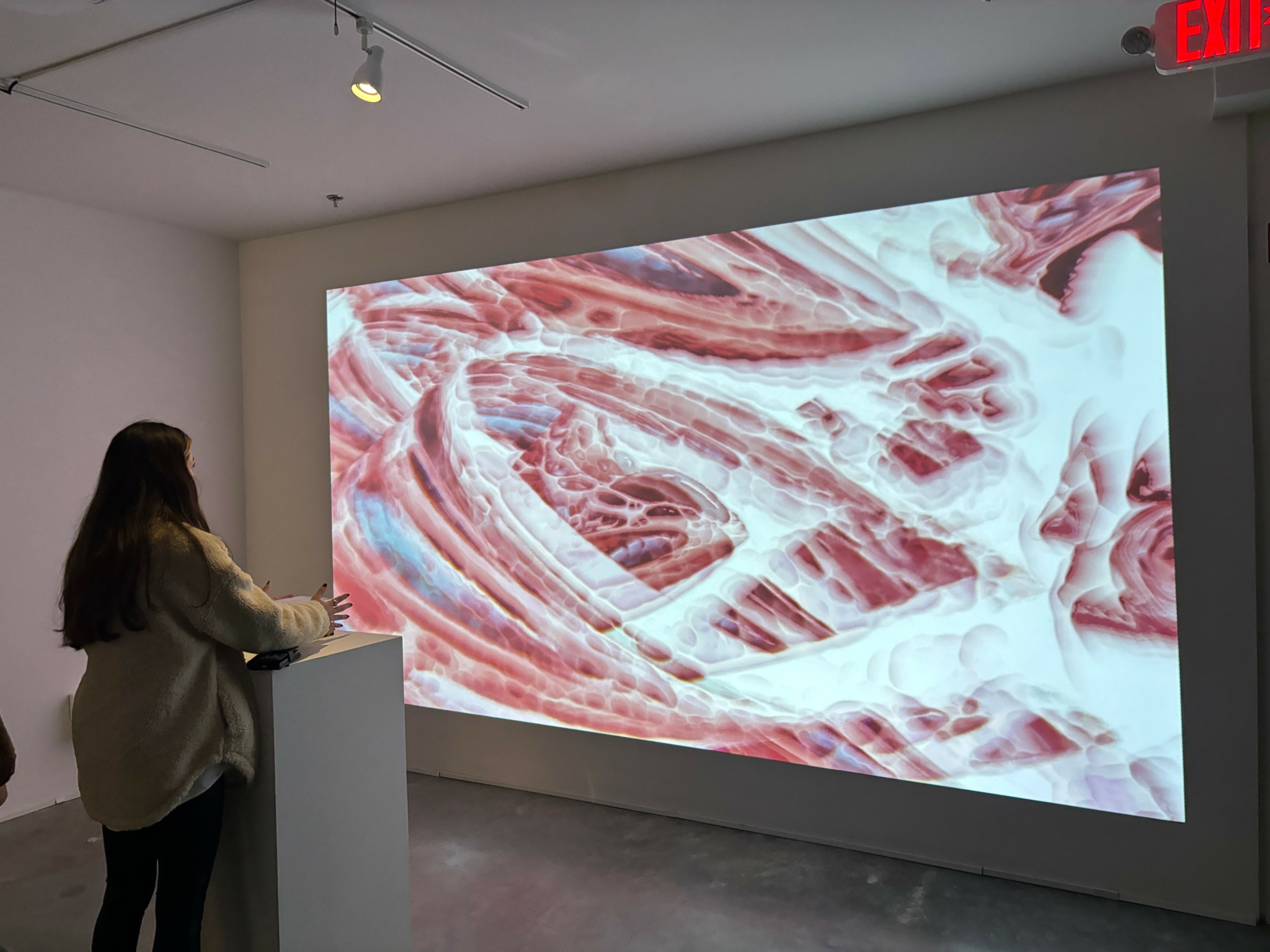
Learning and unlearning are both critical parts of growth – can you share a story of a time when you had to unlearn a lesson?
A lesson I had to unlearn is the idea that being a generalist is a disadvantage and that specialization is the only path to success. Early in my career, I often felt pressured to fit into a single niche, to focus on one discipline or skill set and perfect it. There’s a certain cultural narrative that glorifies specialists as the experts, the go-to people in a singular domain. While there’s value in mastery, I’ve learned that this mindset didn’t align with who I am or how my brain works.
The turning point came during graduate school, as I began to see the breadth of my interests—not just in graphic design but in interactive media, technology, fine arts, and performance—as a strength rather than a weakness. Instead of limiting myself to one path, I embraced my curiosity and allowed it to guide me. This shift allowed me to explore seemingly unrelated disciplines, such as projection mapping, experimental installations, and branding, and find unexpected ways to connect them.
I now think of my career path as Mount Fuji. Rather than climbing one narrow, specialized peak, I see myself exploring the wide base of Mount Fuji, taking the time to build a strong foundation in many areas. This approach makes me a “jack of all trades” in the best sense of the term—someone who can draw from a deep well of knowledge and adapt to any challenge. It’s a reminder that the journey itself is valuable and that a broad perspective can often lead to more innovative and meaningful work.
Unlearning the need to hurry was equally important. I now view my career as a long-term investment, where each project, collaboration, and challenge contributes to a larger, ongoing journey. I no longer feel the urgency to “arrive” at a final destination. Instead, I’ve embraced the process, knowing that the act of exploring and evolving is just as valuable as the work itself.
This mindset has also shaped how I teach. I encourage my students to approach their creativity with the same openness—to see their diverse interests as assets, to take their time discovering their voice, and to understand that their path doesn’t have to fit into a box. By embracing the full spectrum of my interests, I’ve learned that being a generalist isn’t a limitation—it’s a superpower that allows me to connect dots others might not see and create work that is rich, layered, and full of purpose.
Contact Info:
- Website: https://www.shozabraza.design/
- Instagram: https://www.instagram.com/shozabraza.design/
- Linkedin: https://www.linkedin.com/in/shozabraza/
- Youtube: https://www.youtube.com/@shozabraza.design
